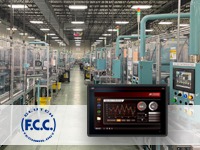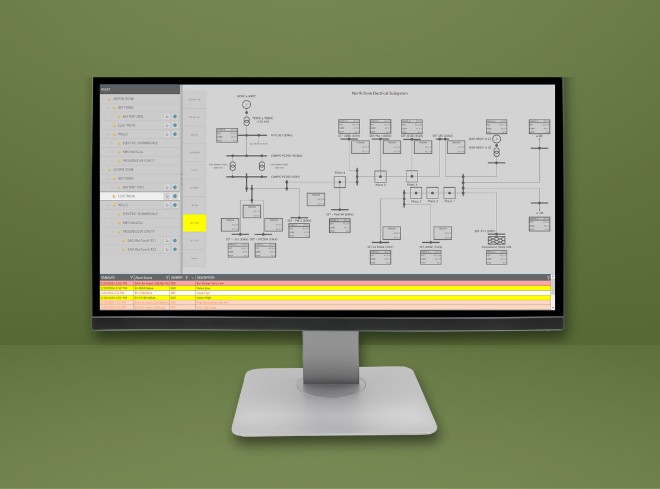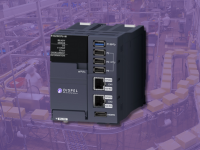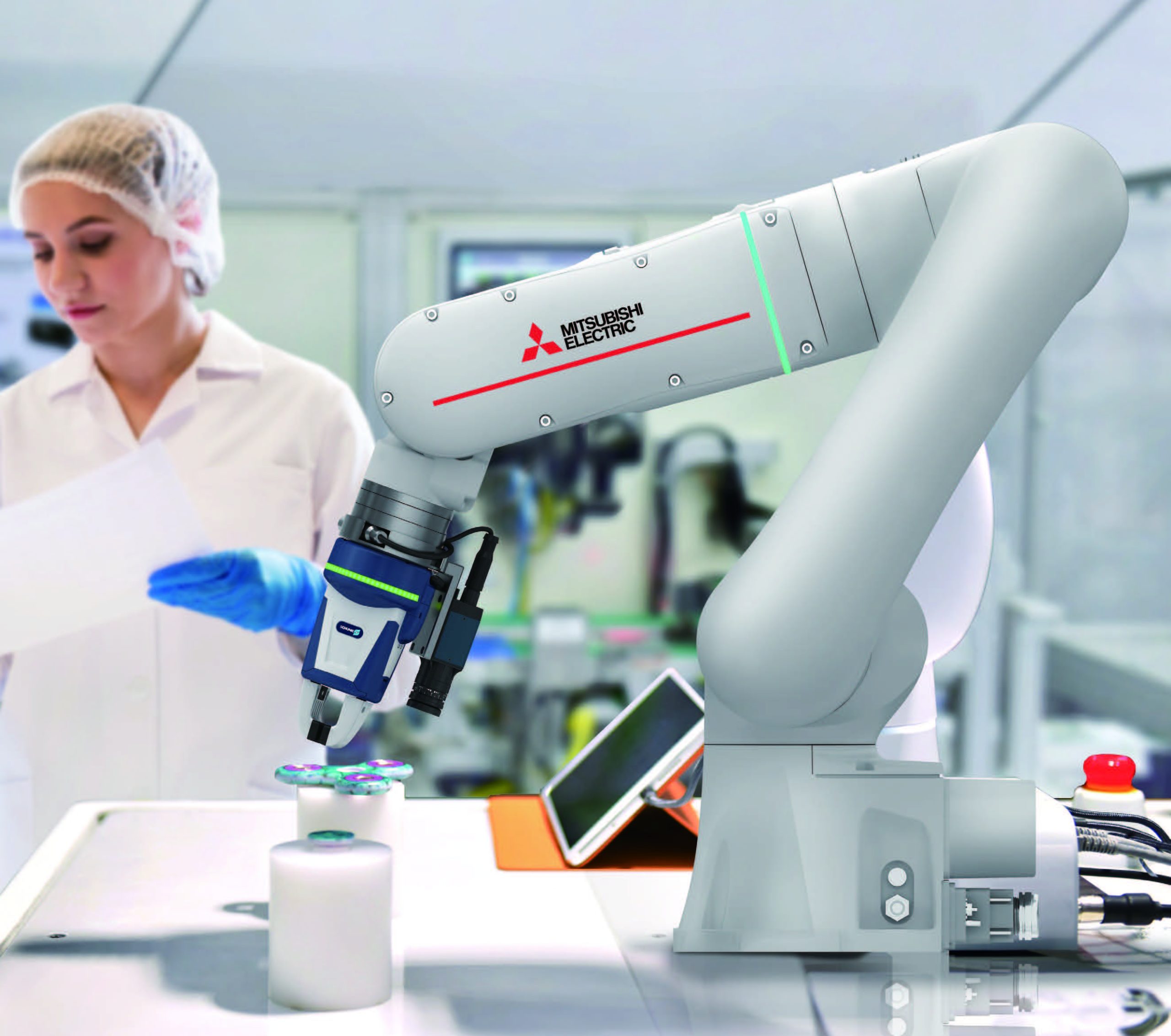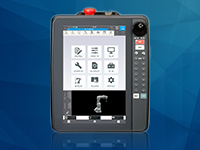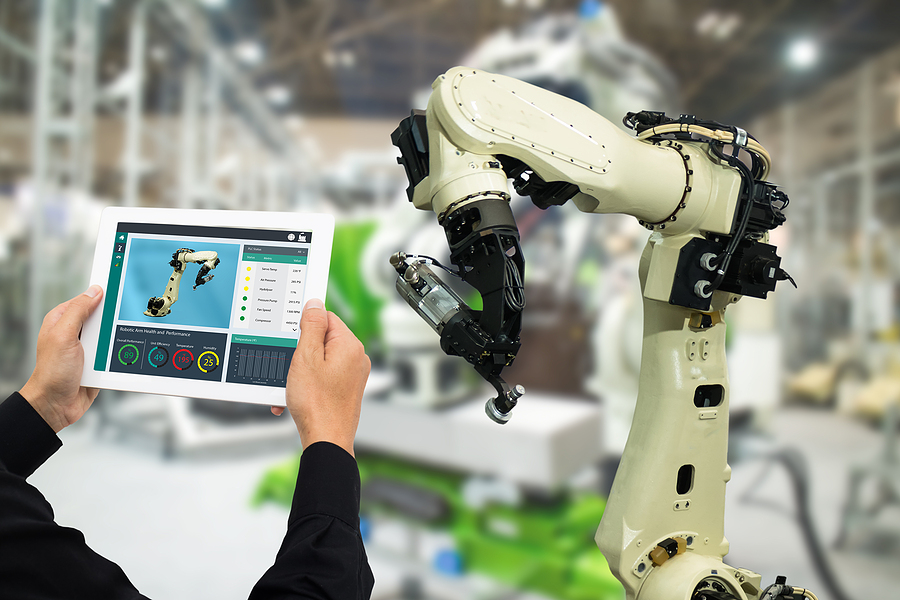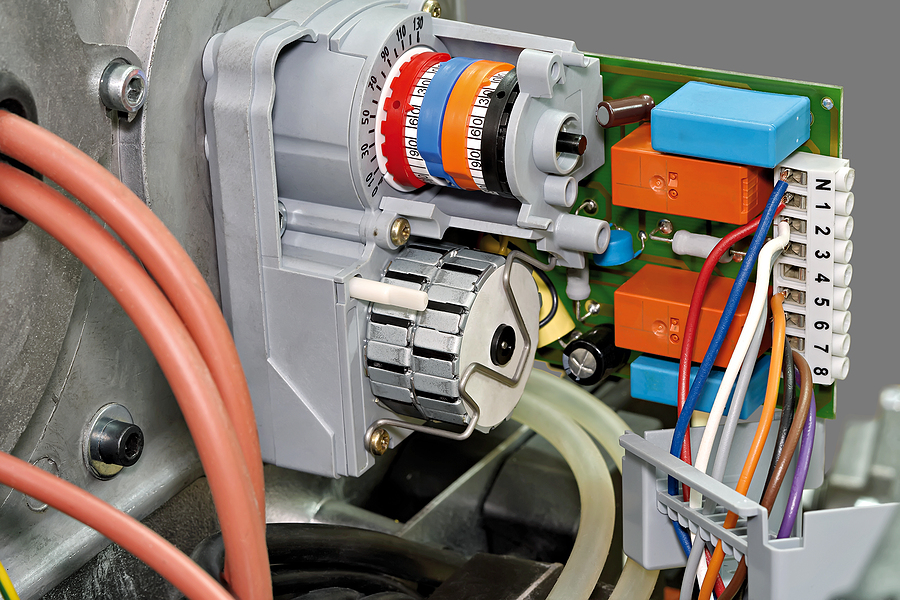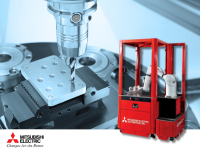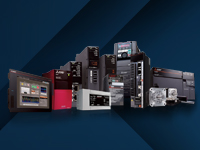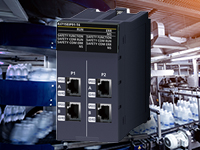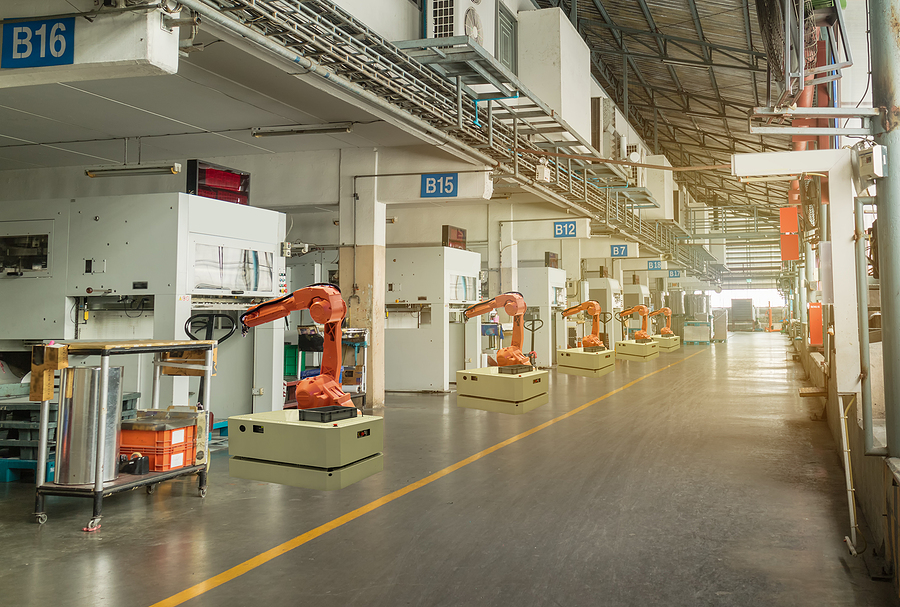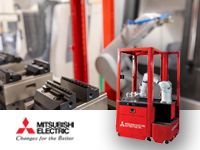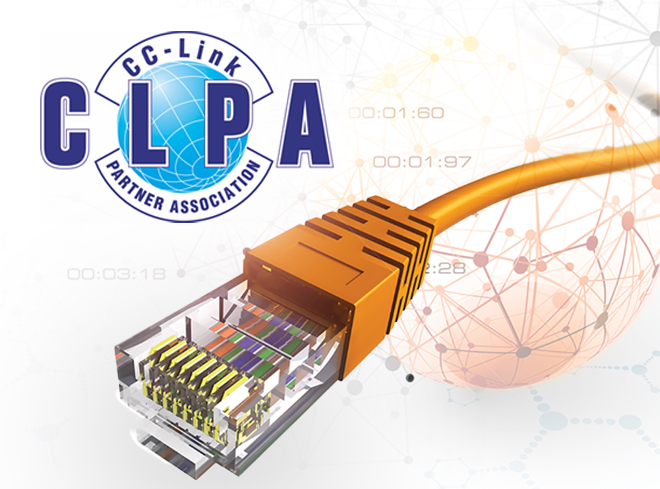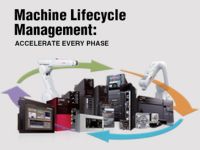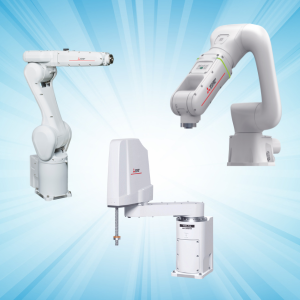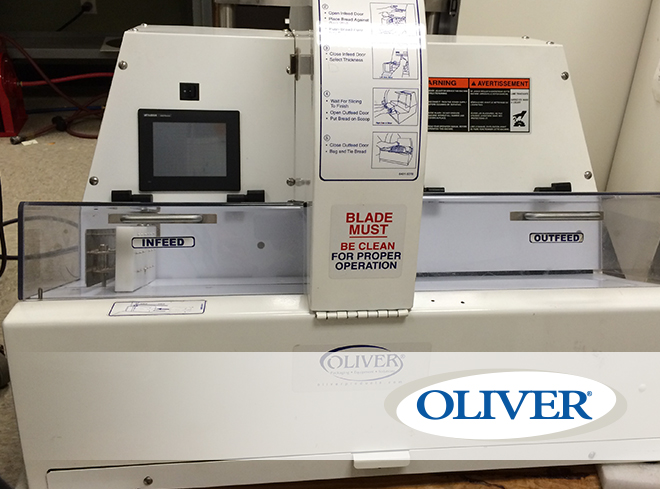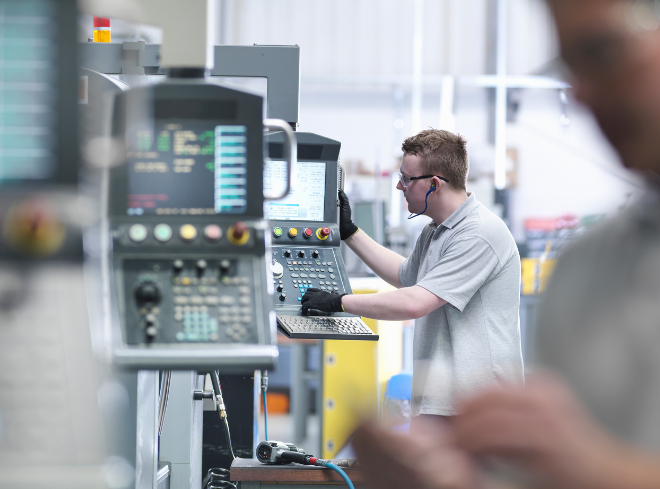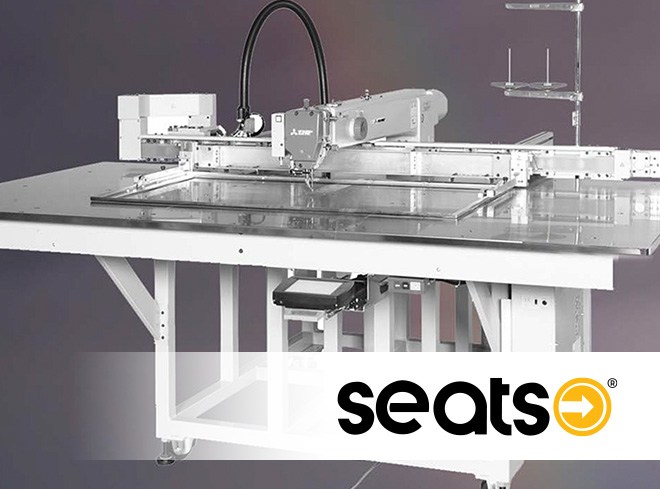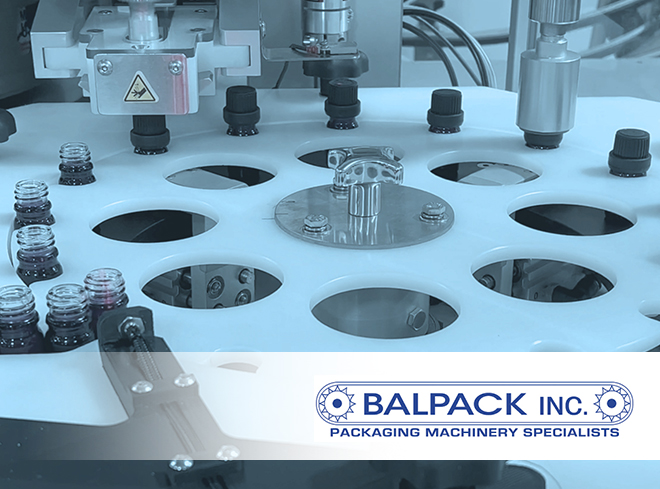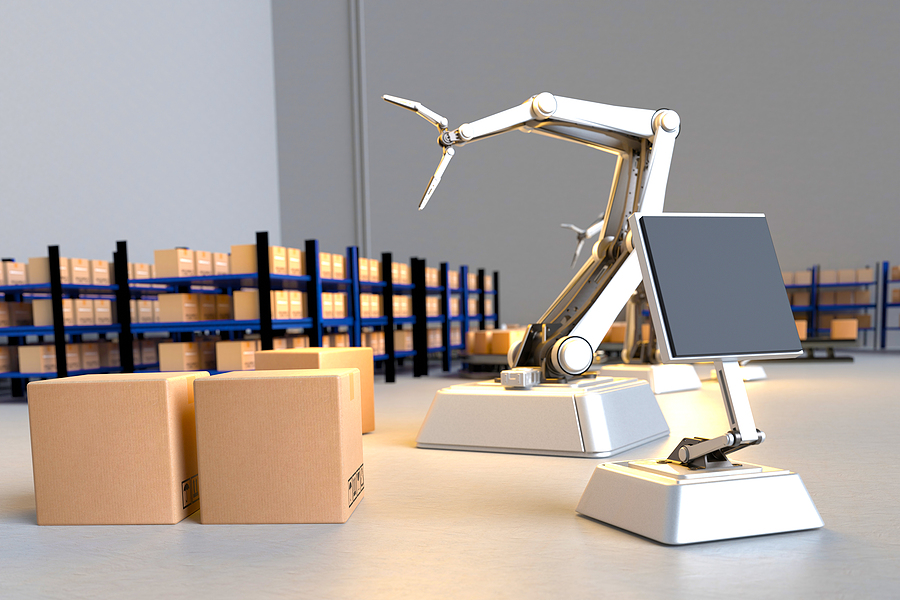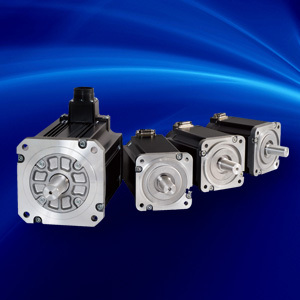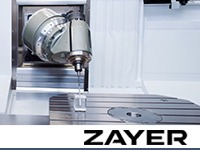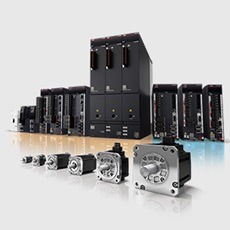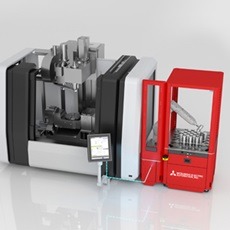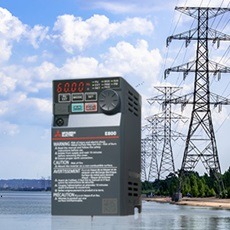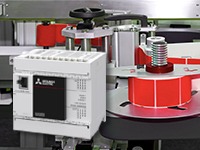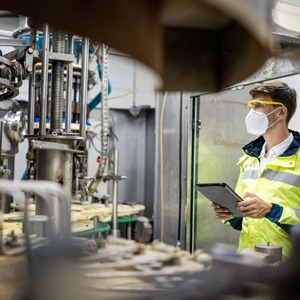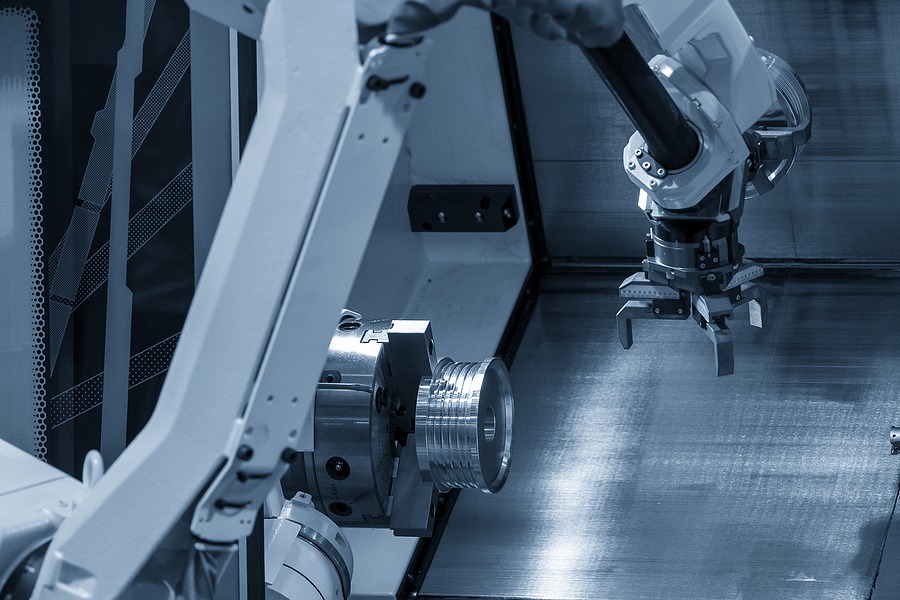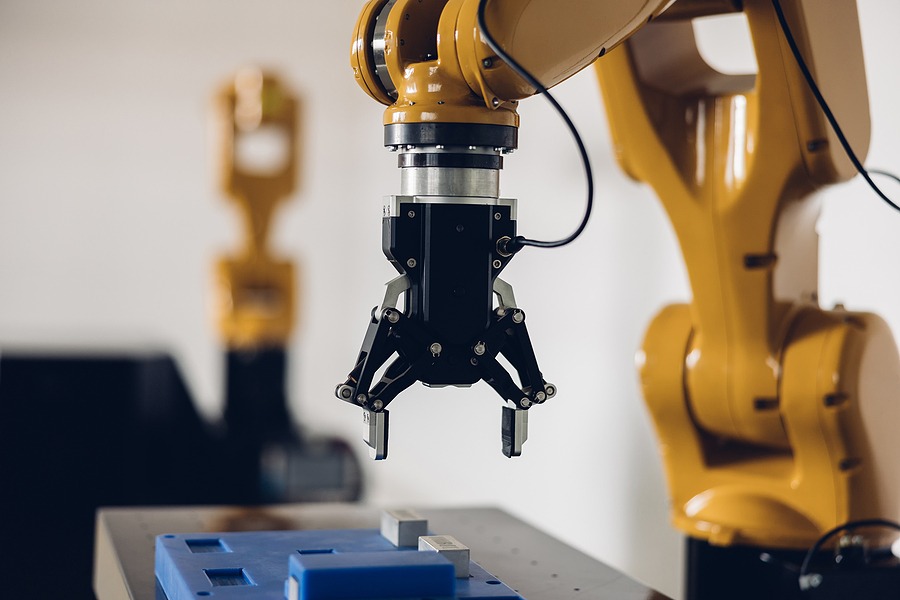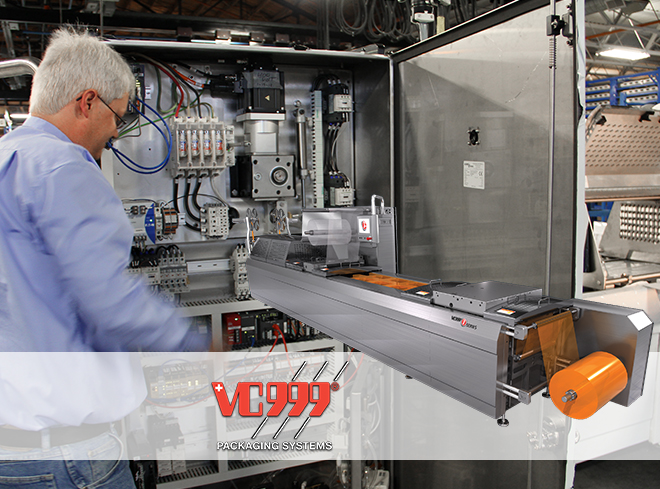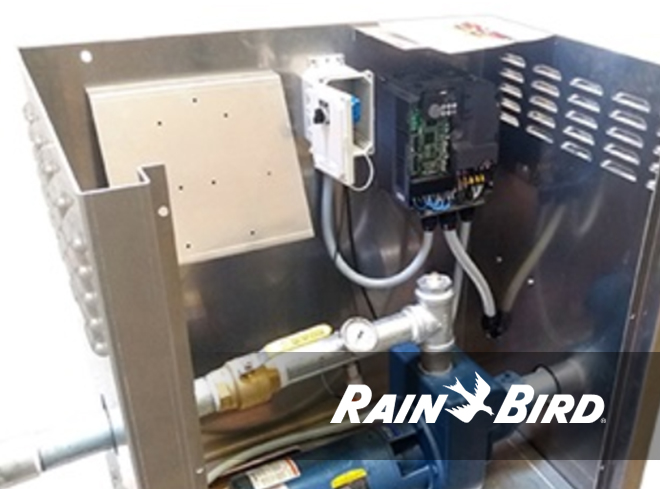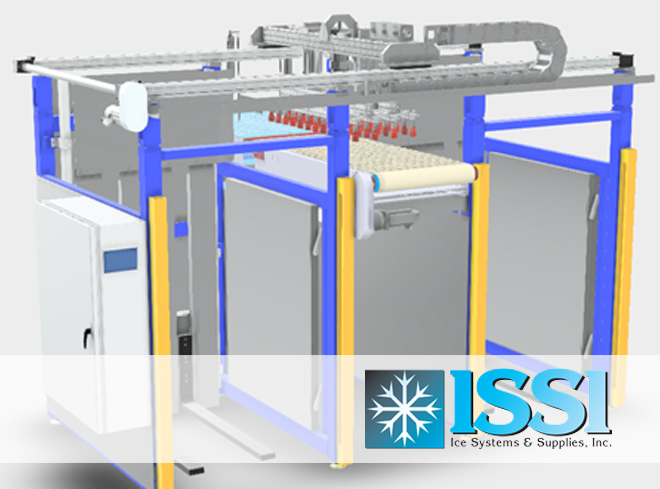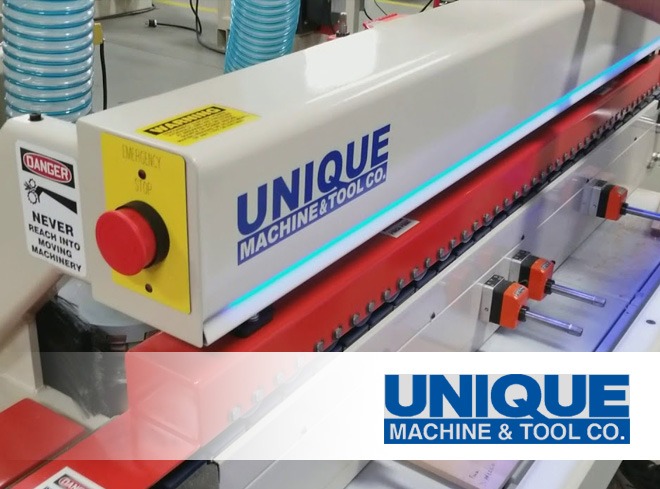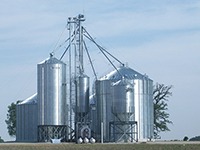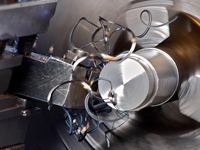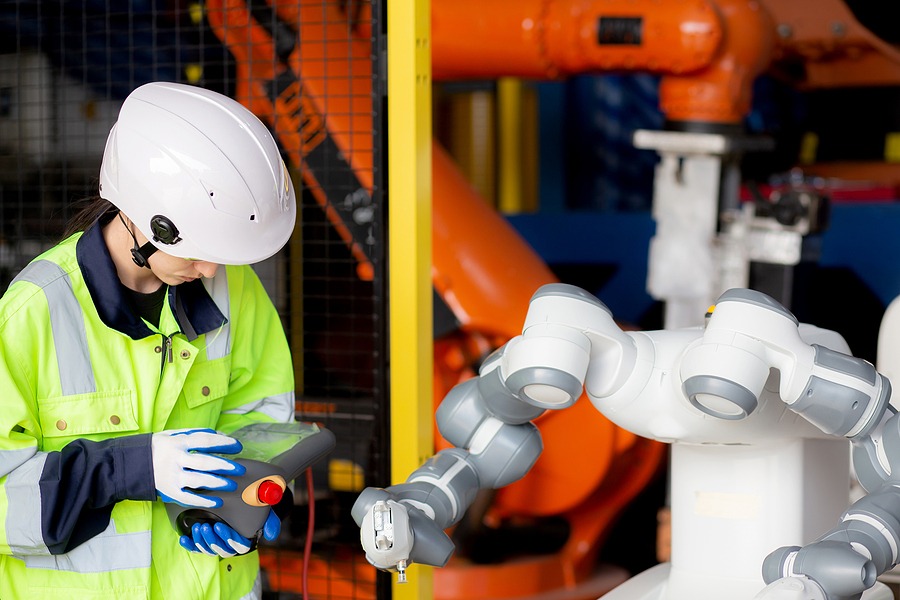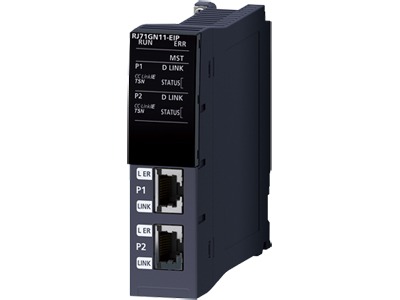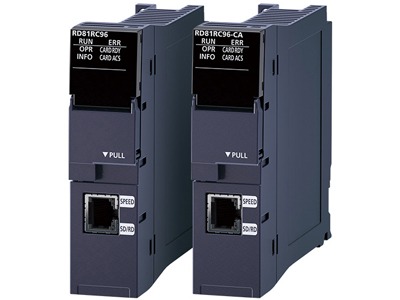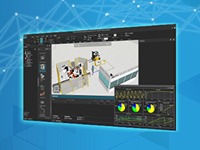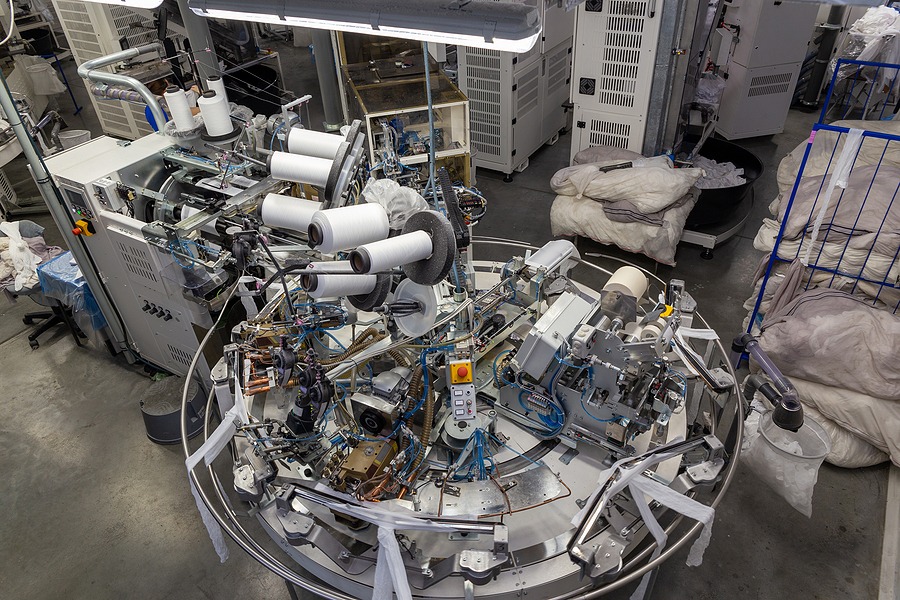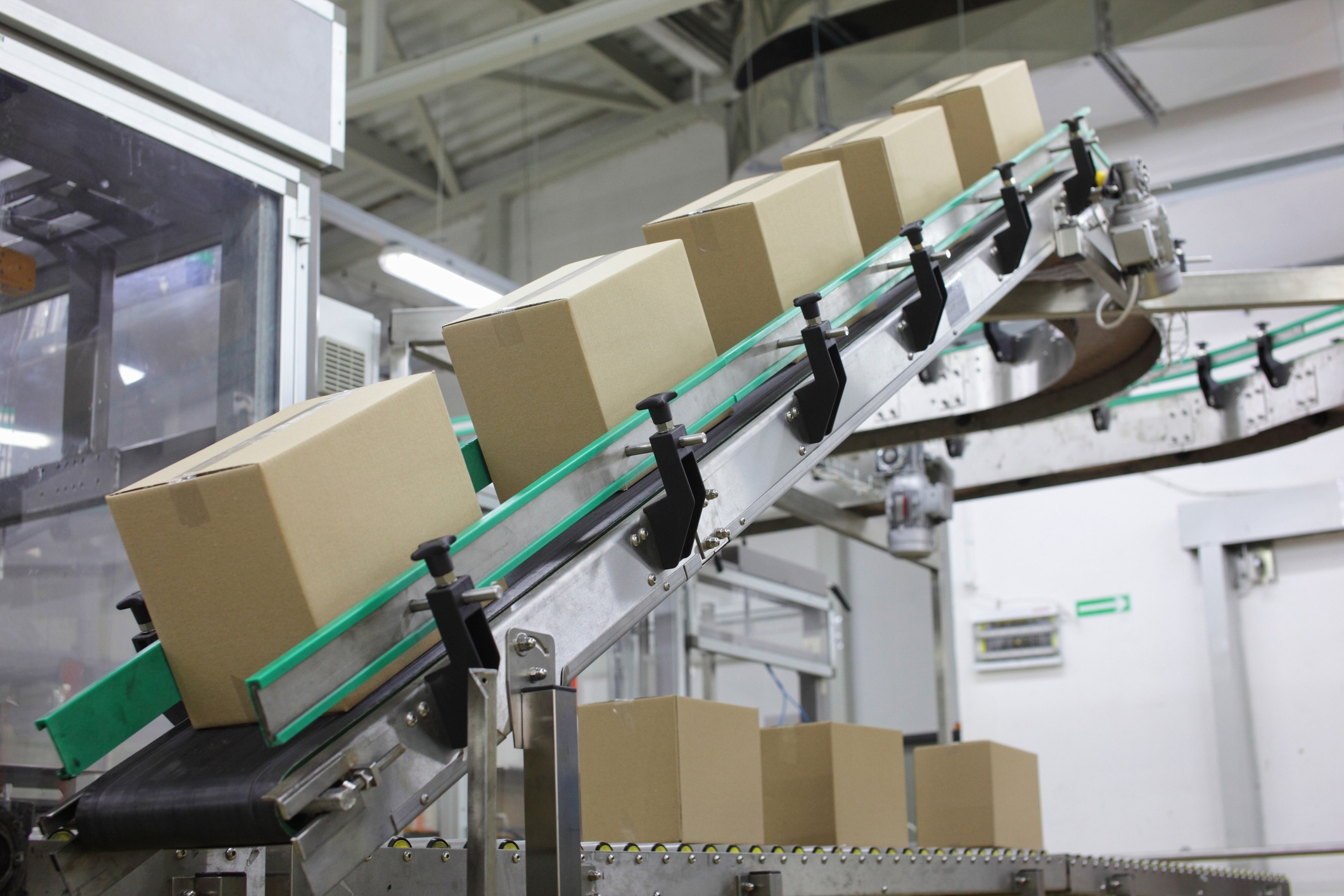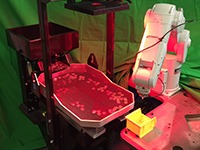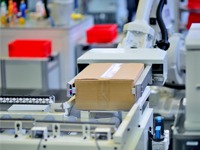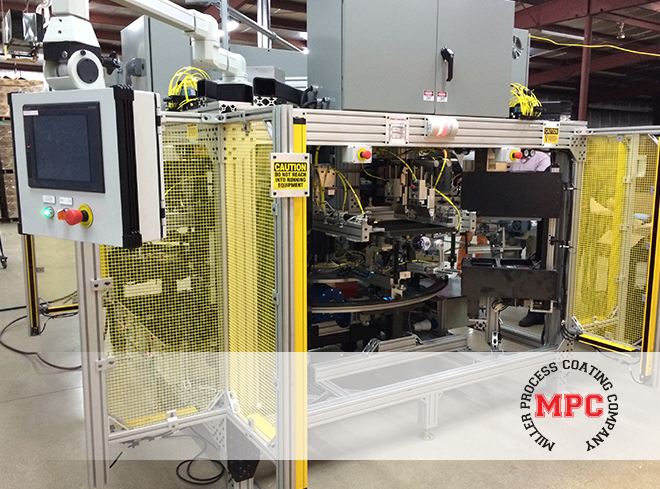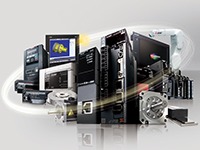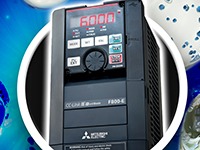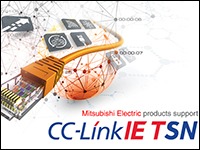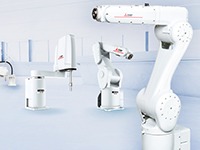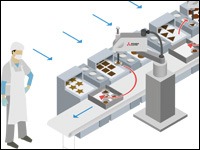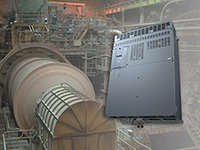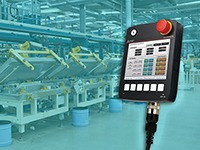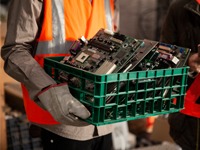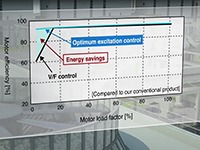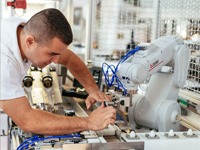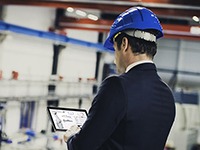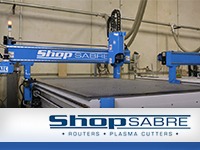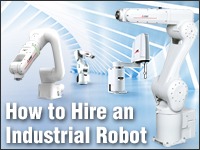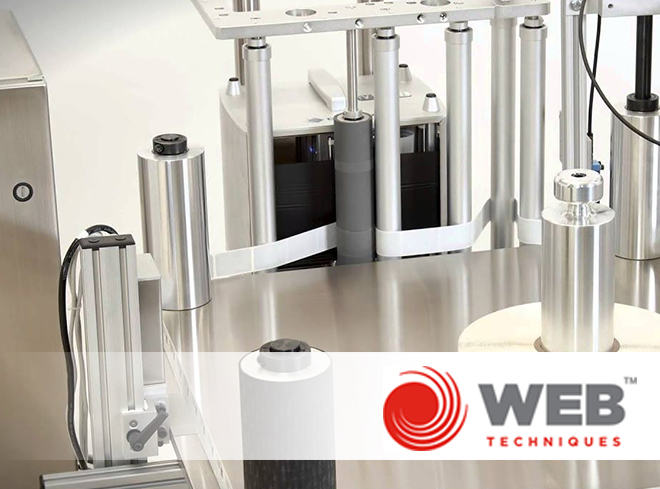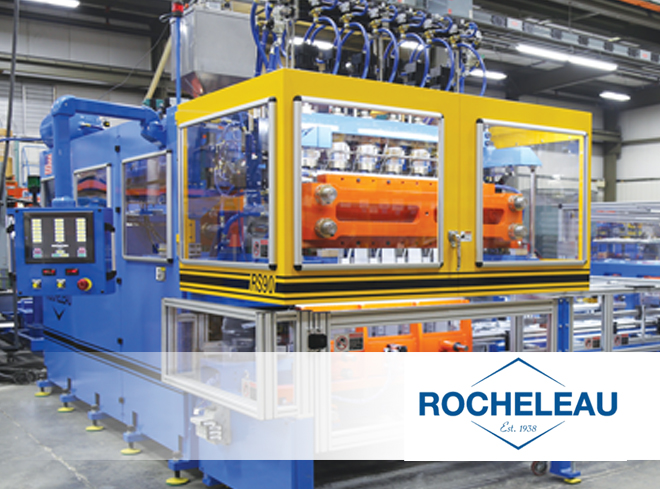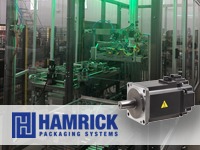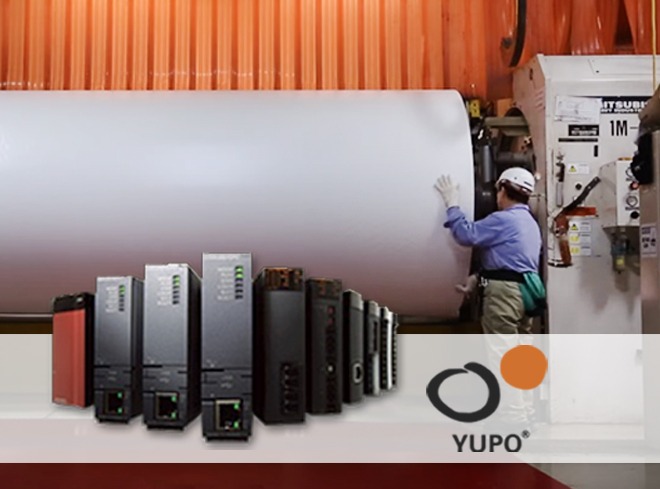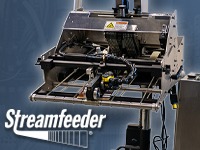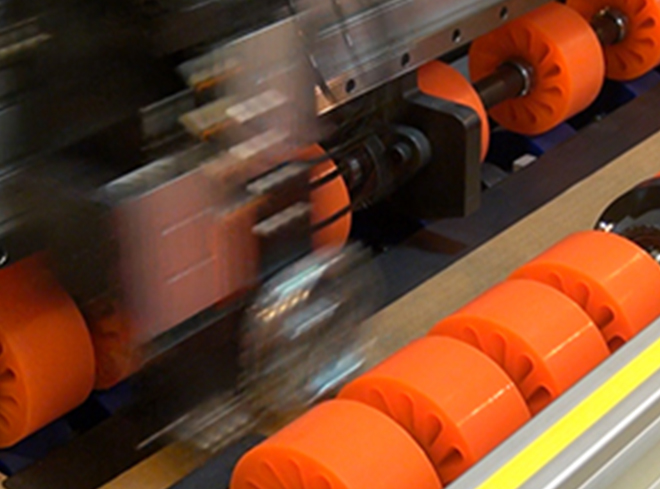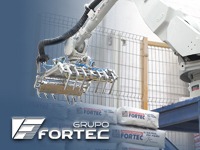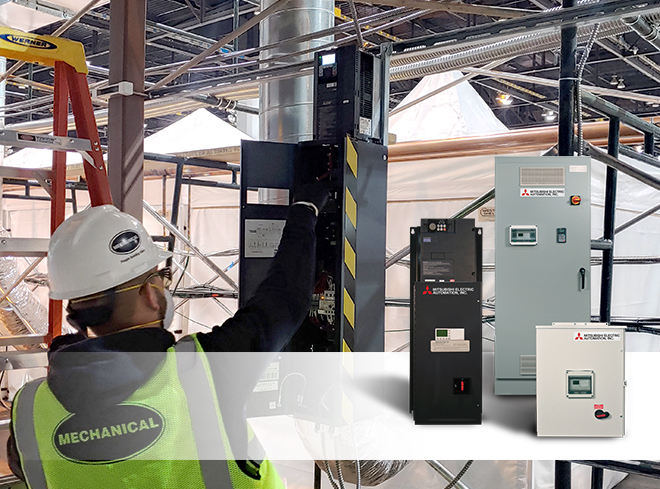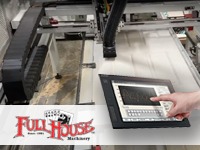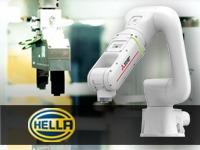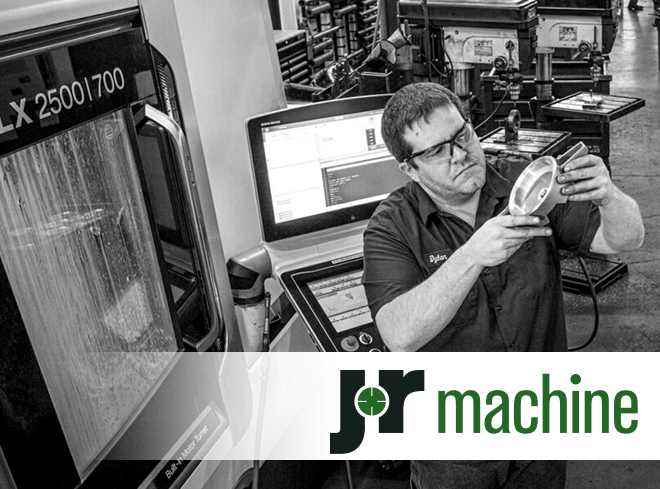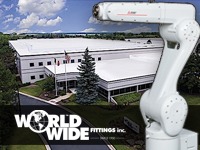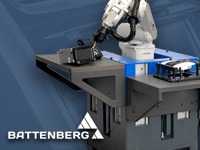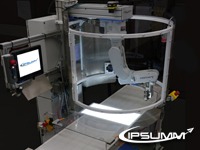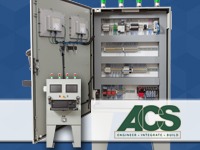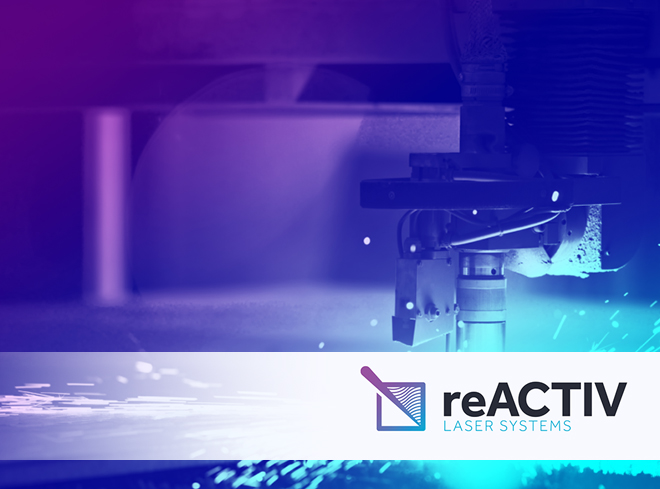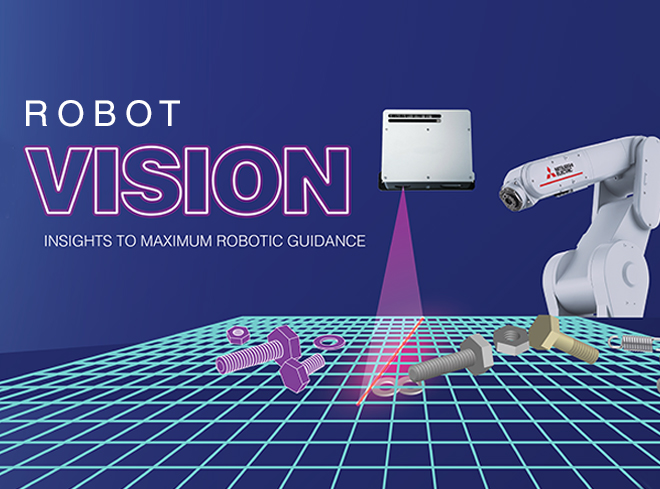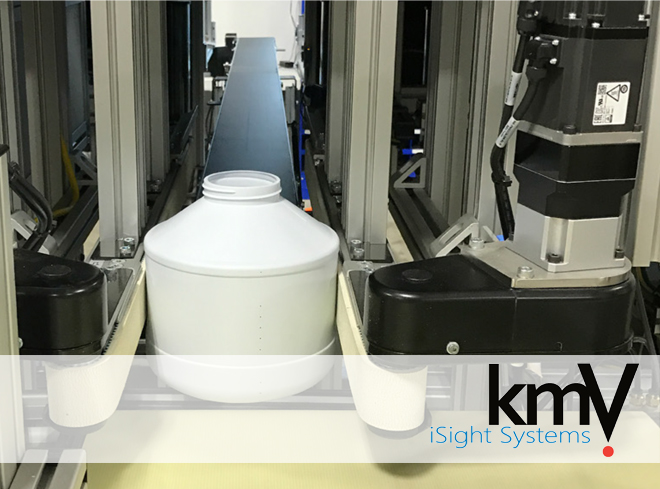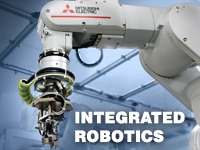- Plant Increases Efficiency with Mitsubishi Electric
In manufacturing, speed and accuracy are paramount. Anything that slows down production can have a significant effect on a company’s bottom line. When manufacturer FCC (Adams) wanted to increase its efficiency, and reporting ability, simplify visualization on the production line and become more cost-efficient, Mitsubishi Electric Automation was there to help the company achieve its goals in a spectacular fashion.
Headquartered in rural Berne, Indiana, FCC (Adams) creates automatic transmission clutch assemblies and components for major automotive companies in the United States and abroad. The company does everything from development of products, such as friction materials, to assembly.
Pen-and-Paper Processes Inhibit Productivity
FCC (Adams) wanted to modernize the way it collected and reported on production line data. The manufacturer has four main production lines, each containing several dozen stations. The data collection procedure at the time was completely manual, requiring station operators to record manufacturing problems or line issues throughout the day on paper forms, which were then processed by one employee who typed the handwritten data into an Excel spreadsheet. This process left a wide margin for human error, and daily production reports were typically delivered to production manager Miyuki Lash 24 hours later or more.
During daily production meetings, the team was limited in the ability to discuss specific issues and problems from the previous production day due to the lag in production reports. Company leaders wanted the ability to react quicker to areas that needed attention, such as which stations had downtime or which machines were kicking out too often.
After learning about the possibilities with data collection solutions, Mitoshi Sawaki, Assistant Chief Engineer, and others informed company leaders of the possibilities, and the manufacturer began to make plans to implement a change on the production floor.
Industrial PC Provides Real-Time Data Access
FCC (Adams) was a longtime customer of Mitsubishi Electric and had been using Mitsubishi Electric PLCs, servos, and other tools for years. Because of the consistent reliability, discussing a data collection solution with the vendor was a natural fit.
Mitsubishi Electric sales representative Daisuke Kumagai introduced the FCC (Adams) engineering team with the capabilities of the Mitsubishi Electric MI3000 Series industrial computer with the CC-Link IE Field Network.

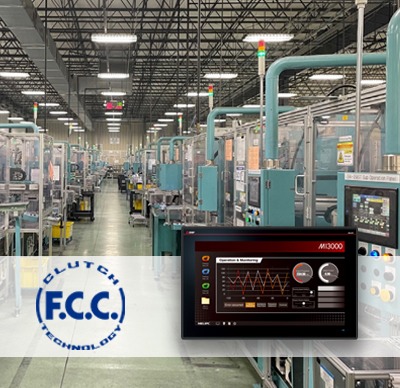
When connected to the assembly line, the MI3000 Industrial Computer would provide automated, real-time visualization of the entire process, including any alarms or issues on the line itself. It collects data seamlessly and compiles it into any number of reports as defined by the user.
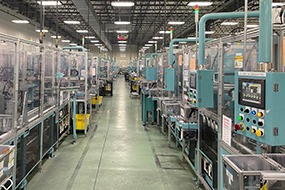
These days, production Line 1 at FCC (Adams) is more efficient than ever … production managers can see right where issues are occurring and address them quickly.
Mr. Sawaki says the team liked the Mitsubishi Electric solution for several reasons:
The CC-Link network provides a full 10Mbit/s performance across the whole network, regardless of device type, eliminating hidden bottlenecks. It allows manufacturers to integrate a wide variety of automation components into a single, seamless automation system.
Mr. Sawaki says the team liked the Mitsubishi Electric solution for several reasons:
- One-time purchase with no additional maintenance fees after installation.
- Easy learning curve, thanks to the plant’s high familiarity with Mitsubishi Electric network architecture and PLC software.
- Flexible solution that could accommodate future design changes at FCC (Adams).
- Willingness of the Mitsubishi Electric team to fine-tune and optimize the solution after installation to meet FCC (Adams)’ specific needs.
- Data output format support for Excel, which was familiar to the FCC (Adams) team, and the format could be changed or organized differently as desired.
- Easy programming to pinpoint the specific data points for collection.
FCC (Adams) finalized the deal and installation on Line 1 took about a week, after both sides got together to create the project specifications and define the system architecture. The system was set up to measure target production, actual production, efficiency (in %), and downtime, among other parameters.
Once the system was tuned and optimized to deliver the data that FCC (Adams) needed, everything changed.
System Configuration Infographic
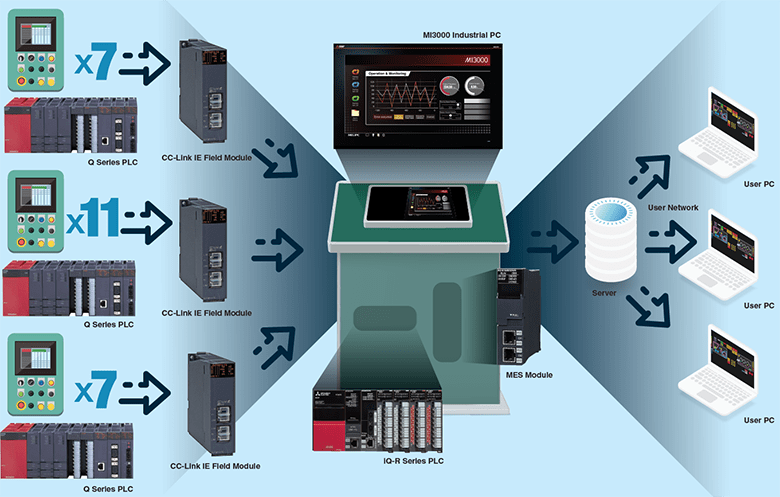
Empowered to Do More, with Less
These days, production Line 1 at FCC (Adams) is more efficient than ever. With automatic visualization of data in real time, production manager Lash can see right where issues are occurring and address them quickly so they don’t escalate or slow down production for days.
Senior staff engineer Ingram says, “We were able to simplify our process through this, versus doing all the hands-on and going out to the machine and doing the recording and everything. Now it’s right there, a few clicks on the computer and you’ve got the information you need.”
It used to take at least two people to gather the line data and compile it into a report. Now just one person can manage the entire process and still have time to focus on other tasks.
“With assembly, there are a lot of component parts,” says Lash. “We used to have a lot of discrepancy in our inventory counts, but now, even with one less person, we’ve been able to keep up a proper count and reduce loss.”

Lash and Ingram agree on the three biggest benefits of the Mitsubishi Electric solution
- They’re getting more accurate information about the line performance because it’s no longer a manual process subject to human error.
- Line operators are working more efficiently because issues are addressed immediately.
- The team is seeing significant time savings in completing and reacting to necessary reports.
Now FCC (Adams) can record automatic operation status, alarm history, test results and other metrics on its machines and lines. The solution has allowed them to streamline, manage, and organize their data in a way that made it more readily usable.
Ingram says, “We went from basically using pencil and paper to having an accurate data collection system that helps us understand the issues that we have on a daily basis.”
FCC (Adams) has expressed interest in automating their other three lines on their production floor to reduce the amount of manual work and boost efficiency there, too.

FCC Adams Case Study Video
Become Our Next Success Story
We love our customers and the challenges they bring to us. We also like to let our customers shine by discussing how we worked together to solve their biggest challenges. If you have a challenge that needs to be solved and would like to be our next BIG success story, reach out to us and let’s connect!

